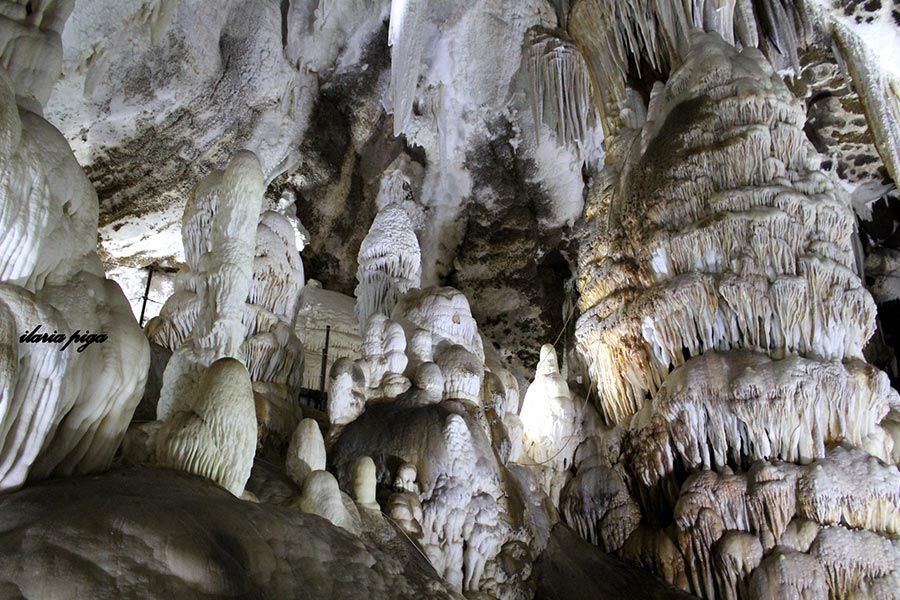The Coal Routes
- Home
- Vacation ideas in Sulcis
- The Coal Routes
The Coal Routes
The city of coal
In the heart of Sulcis Iglesiente, Carbonia stands as a pivotal point in the mining history of Sardinia. Founded in the 1938 to support the extraction industry, the city was, for decades, the center of Italy’s coal production, with the Grande Miniera di Serbariu as its main protagonist. Between 1937 and 1964, this site supplied energy to the country, shaping a significant chapter in the economic and social history of the island.
Today, Carbonia serves as the gateway for those eager to uncover the hidden wonders of the Sulcis mines, offering a captivating journey through a world of industrial heritage, natural beauty, and archaeology.
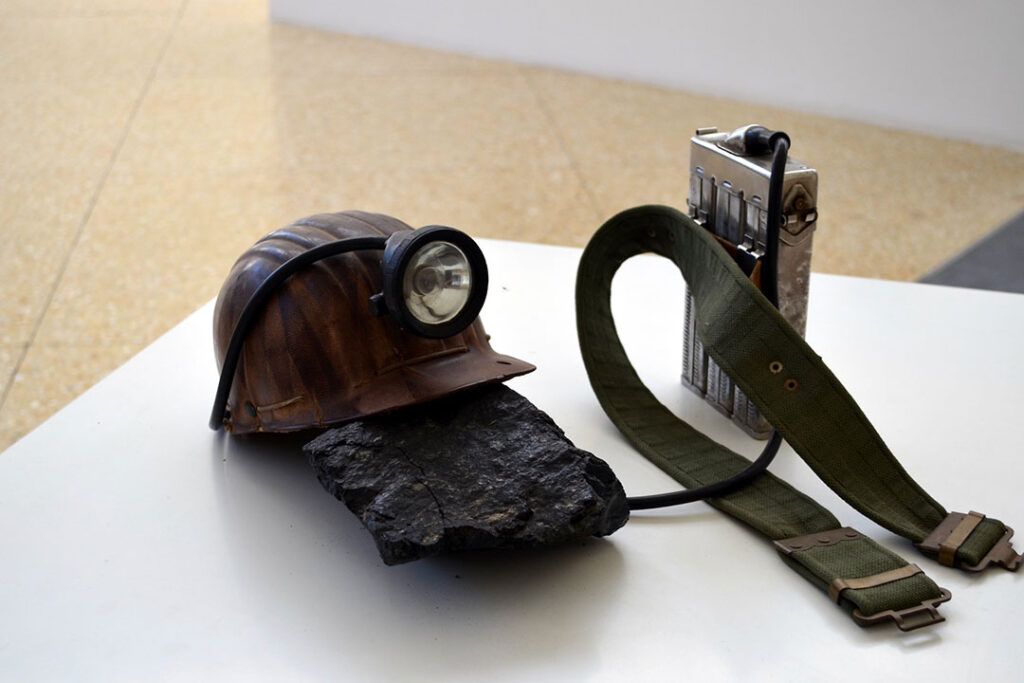

The Coal Museum and the Grande Miniera di Serbariu
Repurposed as a cultural and tourist center, the Grande Miniera di Serbariu is now home to the Coal Museum, a site dedicated to preserving the history and traditions of the mining industry. Visitors can delve into the fascinating past through:
- The lamp room: showcasing an extraordinary collection of mining lamps and tools, alongside work equipment, everyday items, photographs, documents, historical footage, and interviews with miners sharing their firsthand experiences.
- The underground gallery: a faithful reconstruction of excavation tunnels, allowing visitors to relive the miners’ arduous daily life.
- The engine room: featuring original machinery that highlights the ingenuity and effort involved in mining operations.
This museum is a must-visit for anyone eager to understand the historical and cultural significance of the extractive industry in Sulcis Iglesiente, offering an immersive experience into a pivotal chapter of Sardinia’s past.
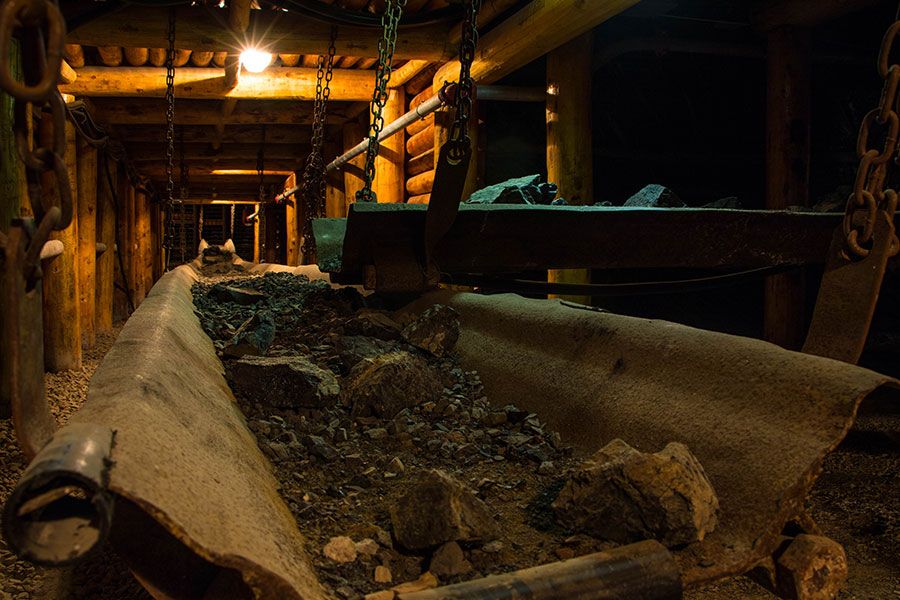
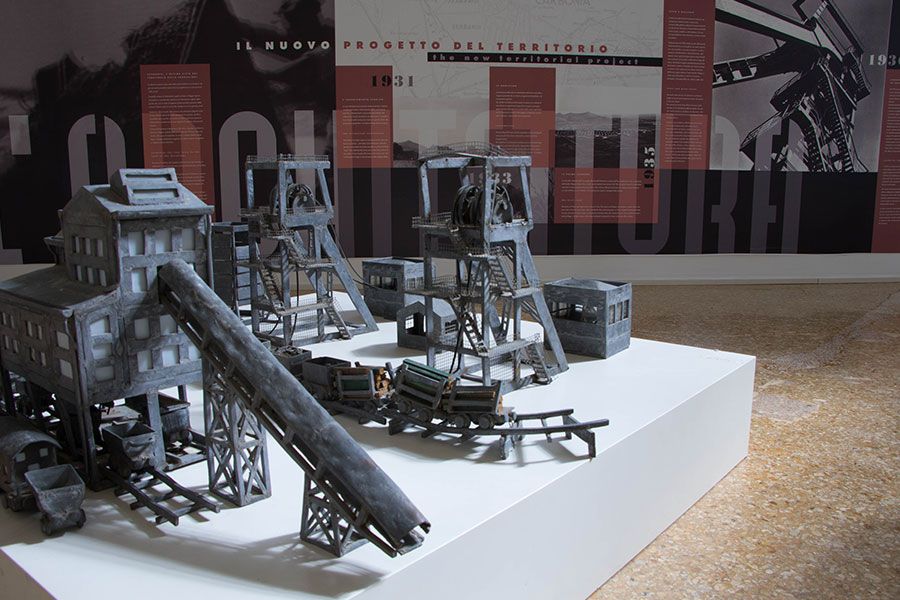
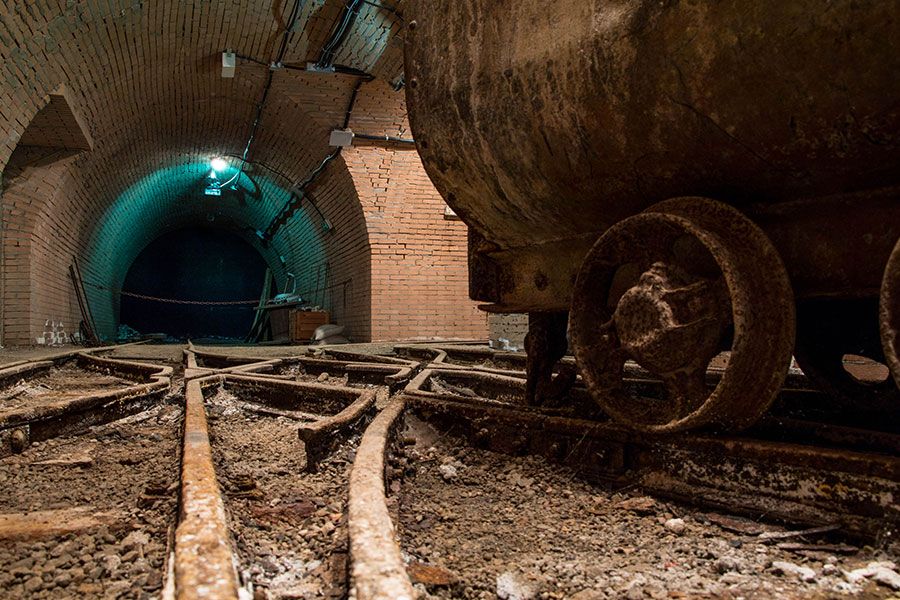
Even deeper: the Villamarina tunnel
In the Monteponi district, just outside Iglesias, lies the historic Villamarina Tunnel, one of the most iconic symbols of the mining era in Sulcis Iglesiente. Opened in 1852 and dedicated to Marchese Villamarina, Viceroy of the Kingdom of Sardinia, this extraordinary engineering masterpiece reaches a depth of 174 meters above sea level.
The tunnel connects the Vittorio Emanuele and Sella Shafts, unveiling a spectacular industrial heritage along its route. Highlights include:
- The engine room: a striking space preserving the original mechanisms used for miners’ descent and ascent. Visitors can also observe the lifts and safety systems critical for transporting workers and extracting valuable lead ore.
- Work methods: learn about the techniques used to prepare explosive charges and marvel at ancient ventilation systems essential for maintaining miner safety in extreme conditions.
Walking through the tunnel is an immersive journey into a past shaped by ingenuity, effort, and sacrifice. The panoramic viewpoints along the way provide breathtaking views of the surrounding mountains, making this experience a perfect blend of history and natural beauty.
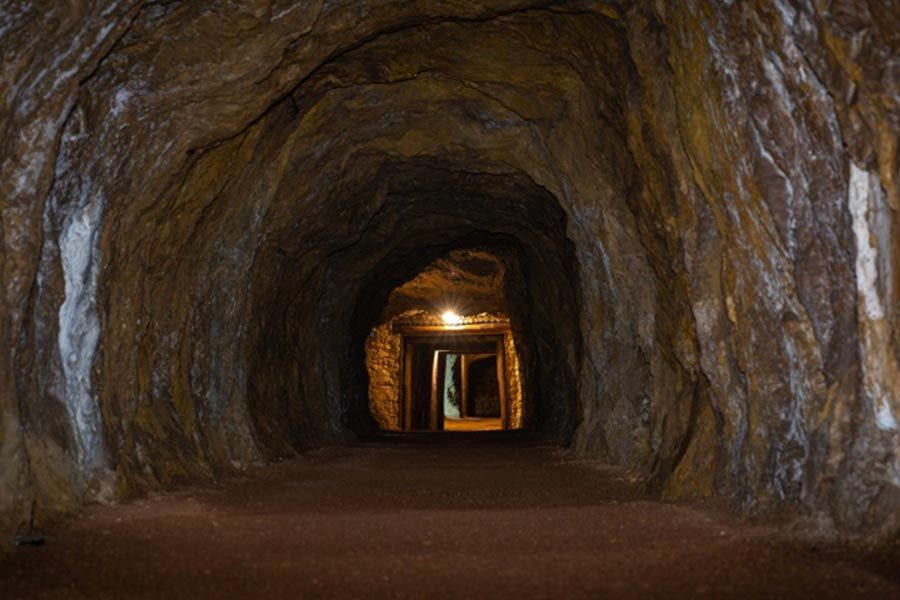
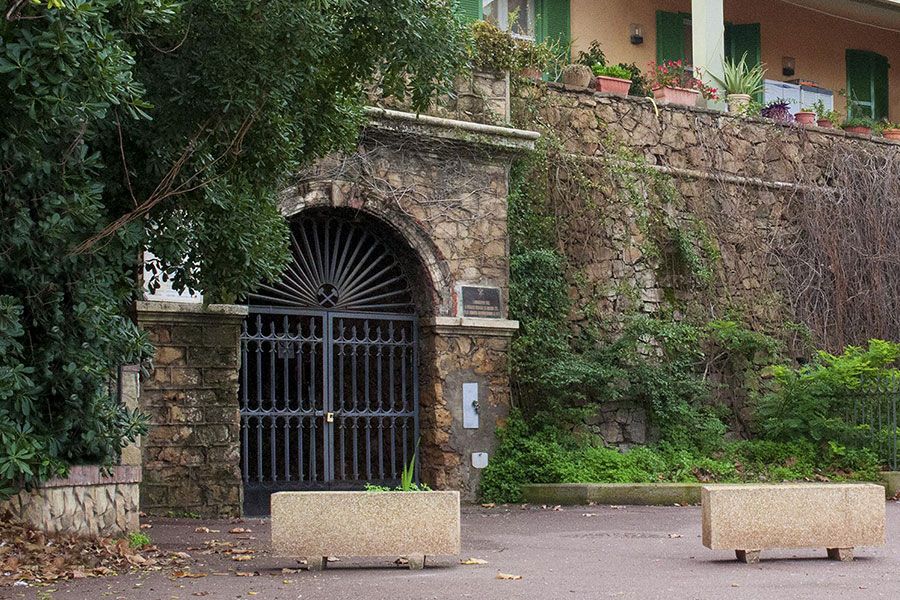

Porto Flavia
Located in Masua, within the municipality of Iglesias, Porto Flavia is more than just a mining structure; it is a masterpiece of industrial engineering that seamlessly blends functionality with breathtaking landscapes. This innovative port system revolutionized mineral transportation by significantly reducing loading costs and time.
The complex features a 600-meter-long tunnel carved into the rock, culminating in an opening perched on a terrace overlooking the sea. This ingenious system allowed minerals extracted from nearby mines to be directly loaded onto ships, utilizing gigantic silos capable of storing up to 10,000 tons of material. The structure comprises two superimposed galleries: the upper one for storage and the lower one leading directly to the ship-loading area.
Visiting Porto Flavia is not just a journey into Sardinia’s industrial past; it is a visual and emotional experience. The terrace offers a stunning view of Pan di Zucchero, the tallest sea stack in the Mediterranean, rising majestically from the crystalline waters. The atmosphere combines history, adventure, and natural beauty, making Porto Flavia an unmissable stop for anyone exploring the Sulcis Iglesiente region.
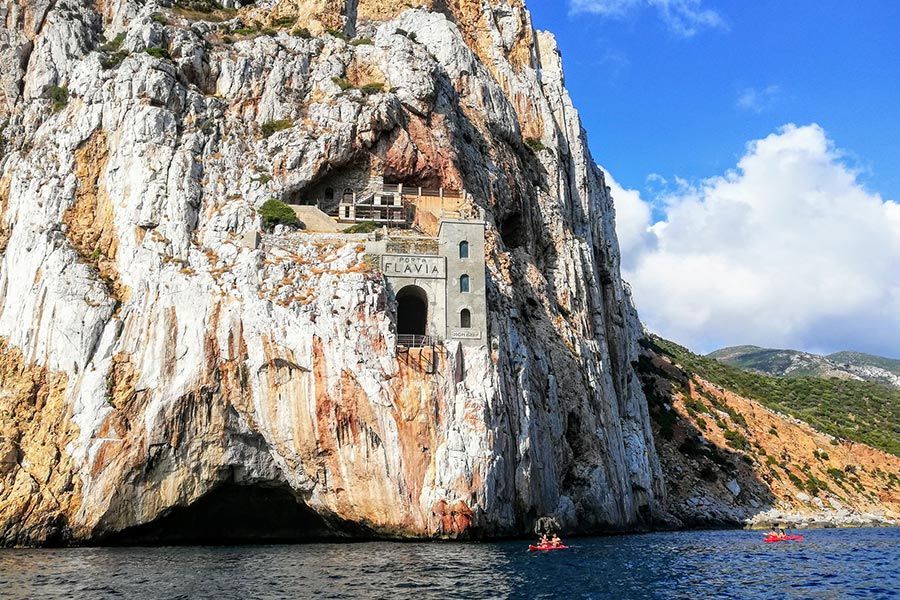

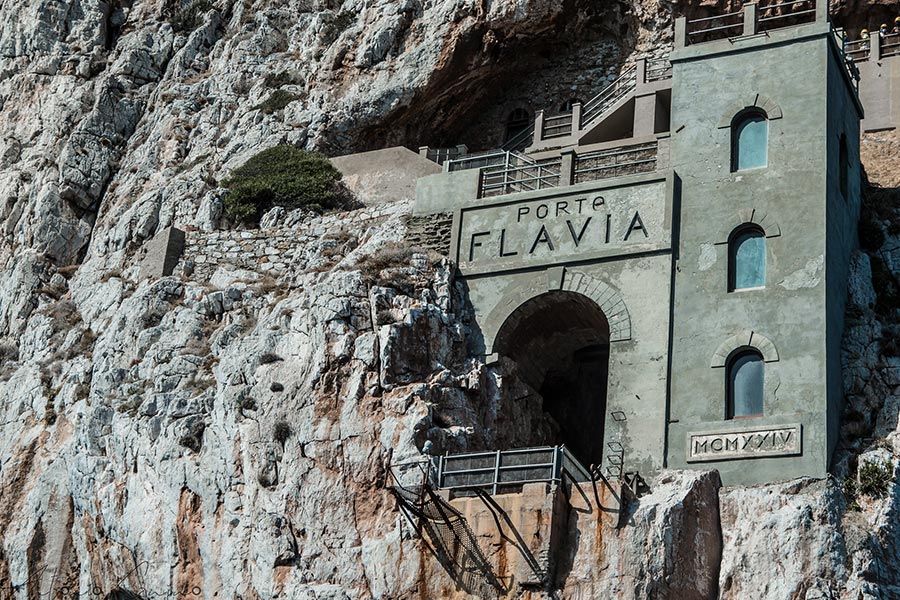
Grotta di Santa Barbara
Hidden within the heart of the San Giovanni Miniera, near Iglesias, the Grotta di Santa Barbara is one of the most extraordinary wonders of Sardinia and the world. Discovered in 1952 by miners during excavation work, this grotto is a unique geological treasure formed millions of years ago.
The journey to the grotto is an adventure in itself. Visitors board an electric train that travels through a mining tunnel, leading to an elevator that descends 36 meters into the mountain’s core. From there, a spiral staircase provides access to a vast chamber over 25 meters high, adorned with breathtaking columns of stalactites and stalagmites resembling crystal sculptures crafted by nature.
The walls and ceilings of the grotto are decorated with rare formations, such as honeycomb concretions, a phenomenon found exclusively in this location across Europe. A small underground lake, enveloped in silence, adds to the enchantment, reflecting light and creating mesmerizing color plays on the rocky surfaces.
One of the grotto’s most captivating features is the presence of dark brown tabular barite crystals, which make it a unique geological marvel. For nature and speleology enthusiasts, the Grotta di Santa Barbara offers a once-in-a-lifetime opportunity to witness the hidden wonders of the earth’s depths. Visiting this grotto is not only a visual experience but a journey into the depths of time, where natural and human histories intertwine seamlessly. The Grotta di Santa Barbara is an unmissable destination for anyone seeking to uncover the most secretive and fascinating aspects of the Sulcis Iglesiente region.

